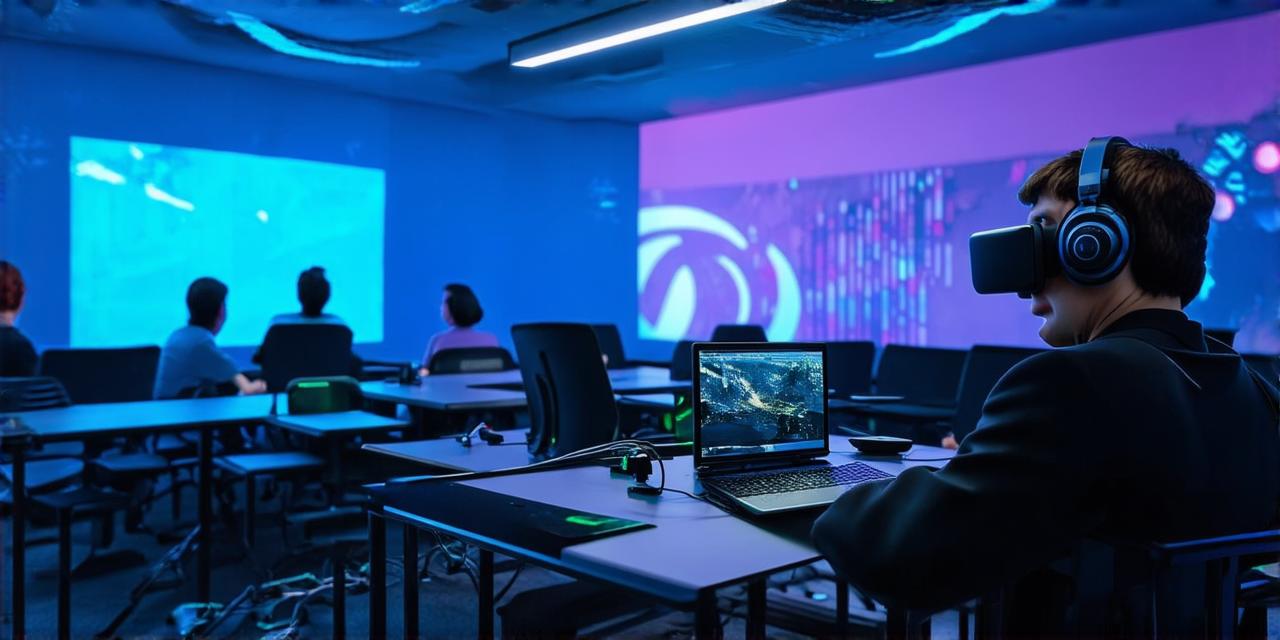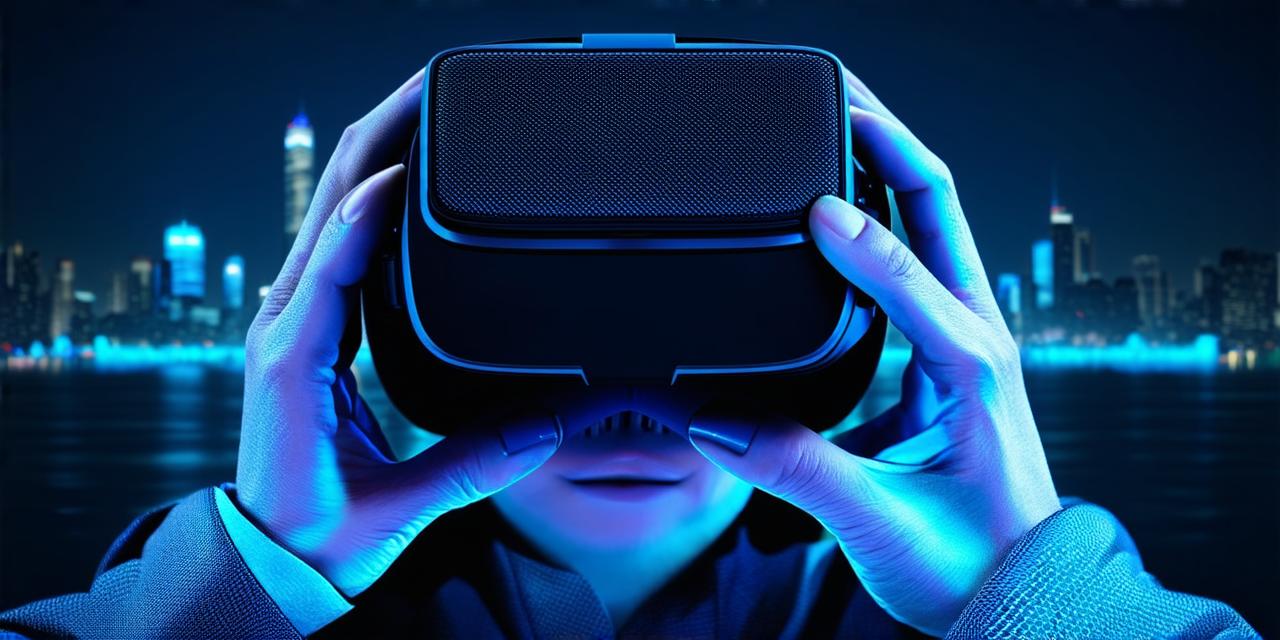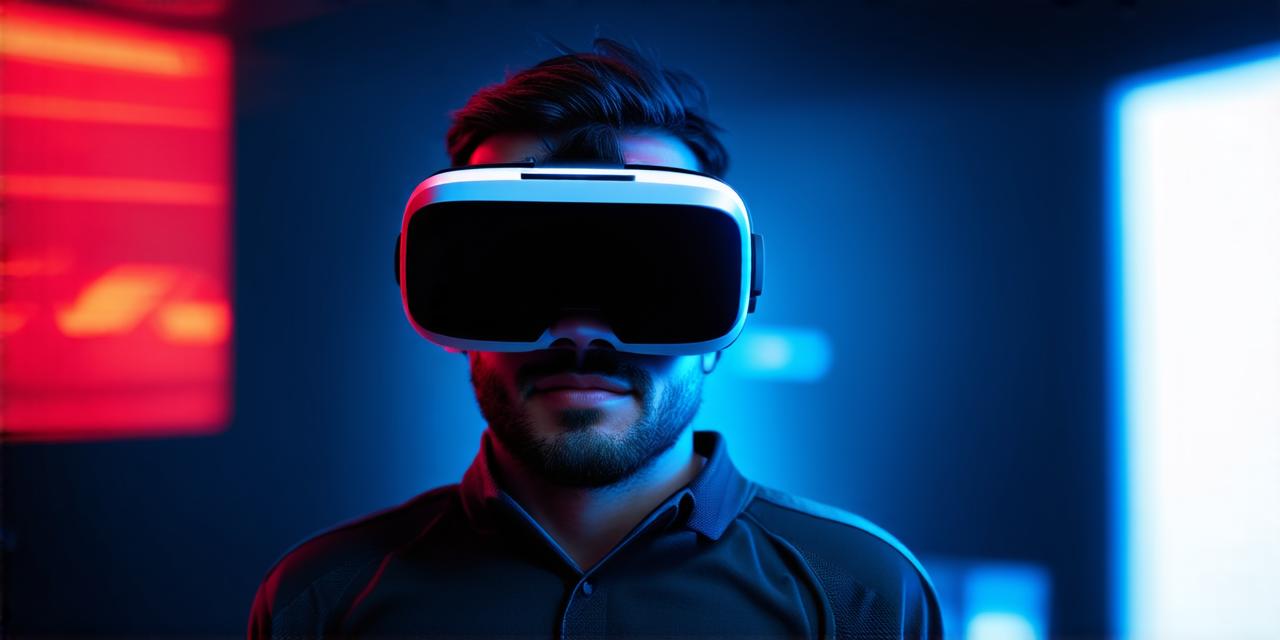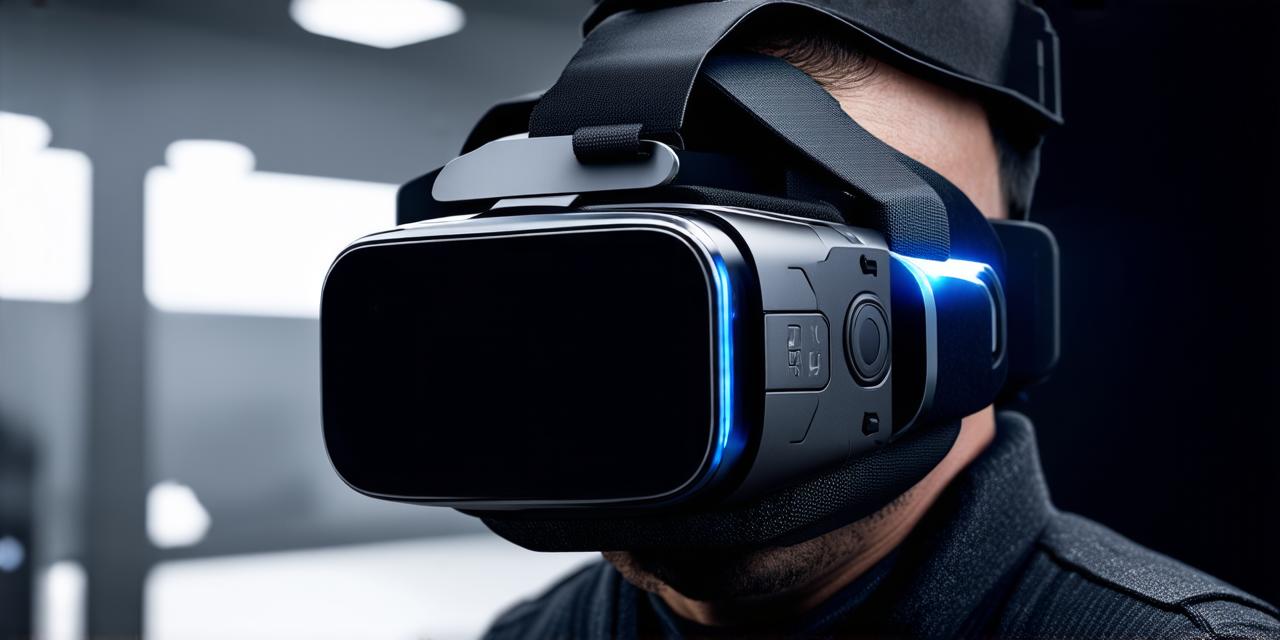Virtual reality (VR) is a technology that uses computer-generated simulations to create an immersive, interactive experience for users. In recent years, VR has been gaining popularity in education as a tool for enhancing student learning. This article will explore how virtual reality influences the learning process for students and discuss its potential benefits and limitations.
Immersive Learning Experience
Virtual reality provides a fully immersive experience that can transport students to different locations, time periods, and environments. This immersive nature of VR allows students to gain a deeper understanding of complex concepts by experiencing them in a realistic and engaging way.
For example, a history class could take a virtual field trip to ancient Rome or Egypt, allowing students to explore the sights and sounds of these historical locations. Similarly, a science class could use VR to simulate experiments and observations that would be difficult or impossible to replicate in real life.
Increased Engagement and Motivation
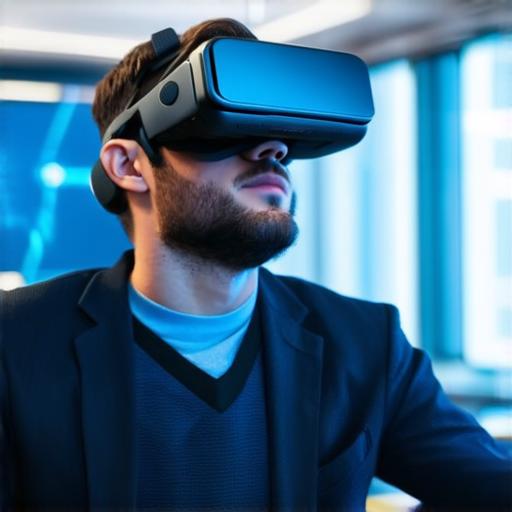
Virtual reality can increase student engagement and motivation by providing an interactive and immersive learning experience. Students are more likely to stay engaged when they are actively participating in the learning process, rather than just passively listening or reading.
Additionally, VR can provide a sense of accomplishment and mastery that can motivate students to continue learning. For example, a student who successfully completes a virtual science experiment may feel more confident and motivated to continue studying science.
Enhanced Visualization and Understanding
Virtual reality can enhance visualization and understanding by allowing students to see and interact with complex concepts in a 3D environment. This can help students gain a better understanding of abstract ideas and make connections between different subjects.
For example, a student studying engineering could use VR to visualize the design of a bridge or building, gaining a deeper understanding of how these structures work.
Limitations and Concerns
Despite its potential benefits, virtual reality also has some limitations and concerns that must be addressed. One concern is the cost of VR equipment and software, which can be prohibitive for many schools and students.
Additionally, some students may experience motion sickness or other side effects when using VR, which could negatively impact their learning experience.
Finally, there are concerns about the accuracy and reliability of virtual simulations, particularly in subjects such as history and science where even small errors can have significant consequences.
Summary
In conclusion, virtual reality has the potential to greatly enhance the learning process for students by providing an immersive, interactive, and engaging experience. While there are some limitations and concerns that must be addressed, the benefits of VR in education are numerous and cannot be ignored. As technology continues to advance, it is likely that virtual reality will become an increasingly important tool for enhancing student learning in a variety of subjects.
